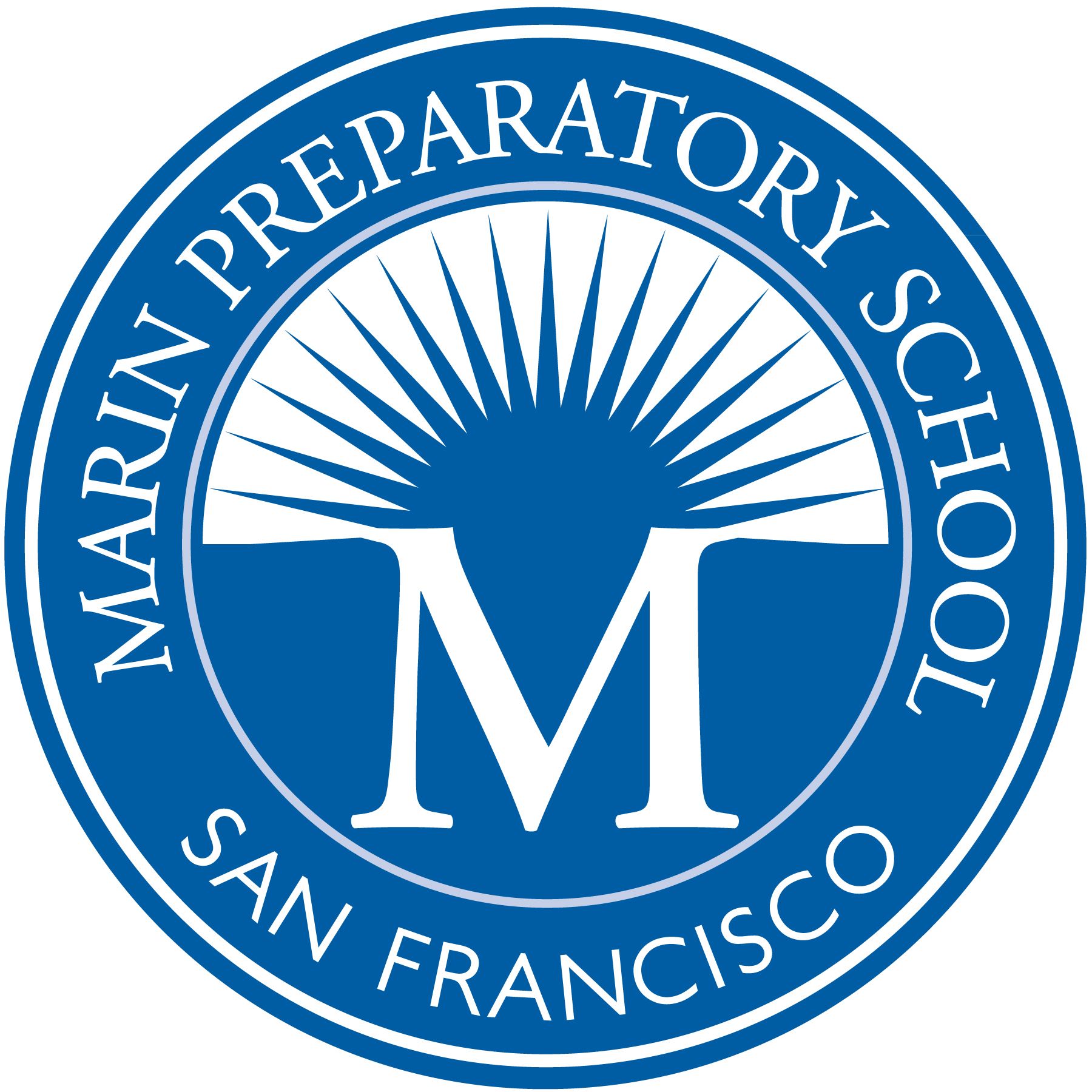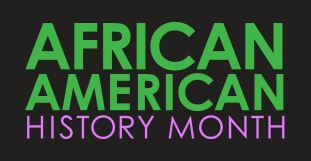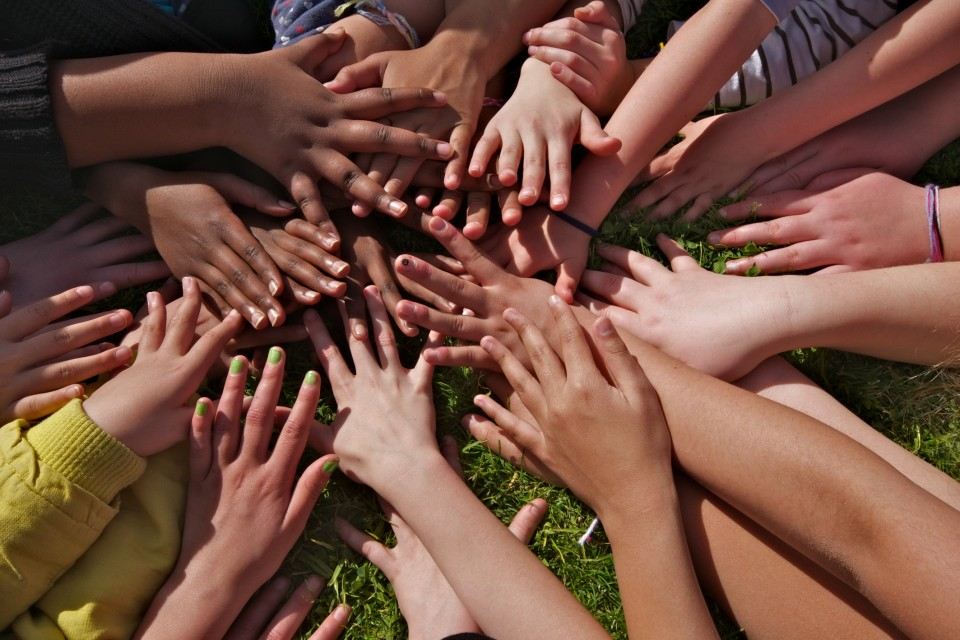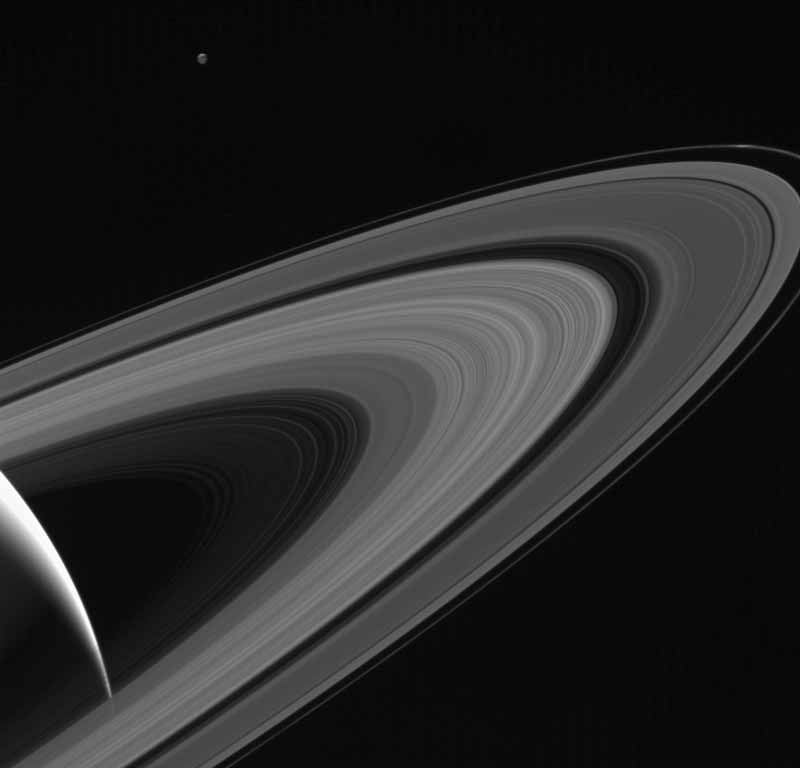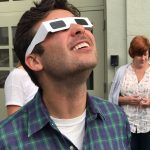Here are just a few examples of the phenomenal contributions made by black inventors, scientists, and engineers everyday.
Lets start with Mae Carol Jemison (born: October 17, 1956) who became the first African American woman to travel in space aboard the Space Shuttle Endeavour on September 12, 1992.
However, Mae Jemison is more than an astronaut- she is also a teacher, a medical professional, a Peace Corps volunteer, and founder and president of two tech companies.
On the Endeavor, Mae Jemison conducted medical research while in orbit. As a mission specialist, and working with a colleague, Mae Jemison co-led two bone cell research experiments aboard the Endeavor ( mission STS-47).

In addition to her scientific contributions, Mae Jemison has been an advocate and mentor for bringing technology to nations around the world as well as inspiring a love of science for youth and minorities.

To learn more about Mae Carol Jemison click here and to learn about other Black Scientists click here.
Speaking about technology…
Every time you PRINT a document or image from your computer feel free to give a virtual high-five to computer engineer Dr. Mark Dean (born: March 2, 1957).
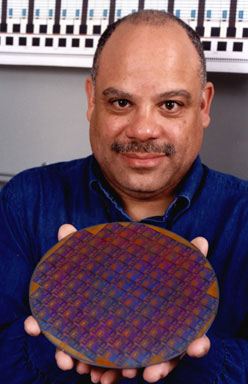
Dr. Dean is a prominent inventor and pioneer of landmark technologies in computer science. Honored as one of the “50 Most Important African Americans in Technology” in 2000 by the California African-American Museum, Dr. Dean holds more than 20 patents and was instrumental in the invention of the Personal Computer (PC) during his early years of work with IBM.
In addition, Dr. Dean and a colleague developed the first system to enable computers to communicate with other devices- like a printer or speaker- and led a team in inventing the 1-Gigahertz chip (which contains one million transistors, btw, and has nearly limitless potential).
Thank you Dr. Dean!
To learn more about Dr. Mark Dean click here.
Ok, but what about technology before computers…
Meet the Ishango Bone, a 22,000 yr old baboon fibula found in the Democratic Republic of Congo (DRC) near the Uganda border. Buried in layers of volcanic ash archeologists believe the bone was used as a mathematical computation device by an ancient African civilization. Sort of looks like a calculator. Don’t you think?
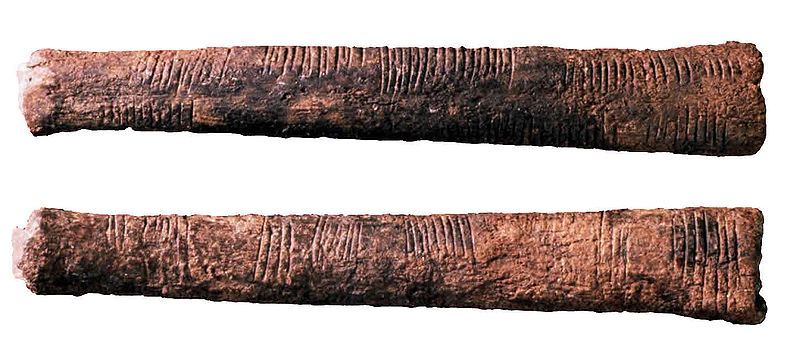
To learn more about the Ishango Bone click here or watch the videos below.
For more on Black History Month 2018:
